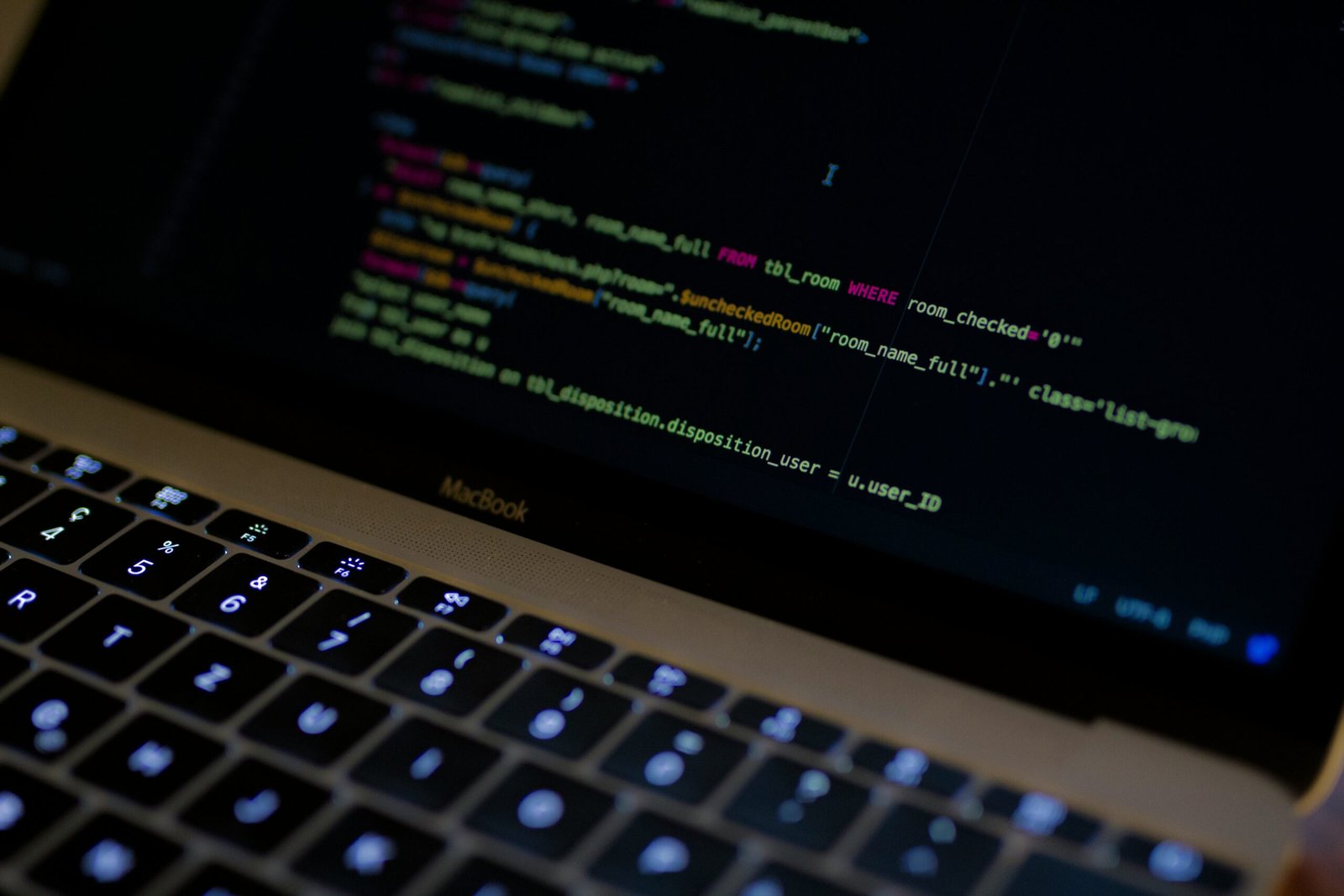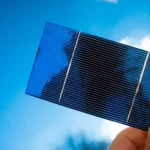Cloud Robotics: Bridging the Gap Between Robots and the Cloud
The field of robotics has undergone remarkable advancements over the years, transforming industries ranging from manufacturing and healthcare to agriculture and logistics. However, the potential of robots is not limited to their physical capabilities alone. With the integration of cloud computing, a new era of possibilities has emerged – one where robots are no longer isolated entities, but interconnected systems capable of leveraging the power of the cloud. This synergy between robotics and the cloud, known as Cloud Robotics, is revolutionizing how robots operate, learn, and adapt in the ever-evolving technological landscape.
The Basics of Cloud Robotics
At its core, Cloud Robotics is the fusion of robotics and cloud computing technologies. Traditional robots are often constrained by their onboard computational resources, limiting their processing power, memory, and storage capacity. Cloud Robotics overcomes these limitations by allowing robots to offload computation-intensive tasks to remote servers in the cloud. This arrangement empowers robots with virtually unlimited computational capabilities, enabling them to perform complex tasks that were previously unattainable.
How Cloud Robotics Works
Cloud Robotics operates through a seamless integration of hardware, software, and cloud infrastructure. Here’s a high-level overview of how it works:
- Sensor Data Collection: Robots equipped with various sensors (e.g., cameras, lidars, IMUs) gather data from their environment.
- Data Processing: Instead of processing this data solely onboard, the robot sends it to the cloud.
- Cloud Processing: In the cloud, powerful servers process the data using advanced algorithms and machine learning models.
- Action Generation: The cloud generates insights, instructions, or actions based on the processed data.
- Command Transmission: The robot receives these instructions and executes them in the physical world.
Benefits of Cloud Robotics
- Scalability: Cloud Robotics allows for rapid scaling of computational resources. As the complexity of tasks increases, robots can tap into additional cloud resources to handle the load, ensuring optimal performance.
- Learning and Adaptation: Cloud Robotics facilitates continuous learning. Robots can learn from a collective dataset, benefiting from the experiences of other robots connected to the cloud. This shared knowledge enables faster adaptation and problem-solving.
- Remote Operation: Operators can remotely control robots via the cloud, making it possible to conduct tasks in hazardous environments or locations that are difficult to access.
- Cost-Efficiency: By leveraging cloud resources, organizations can reduce the need for expensive onboard hardware, leading to cost savings and improved robot affordability.
- Real-Time Insights: Cloud-connected robots can provide real-time data and insights, enabling better decision-making and performance monitoring.
Applications of Cloud Robotics
- Manufacturing: Cloud-connected robots can collaborate on complex assembly lines, adjusting their behavior based on real-time production data.
- Healthcare: Robots can assist in surgeries, leveraging the expertise of remote surgeons through the cloud. They can also perform tasks like medication delivery and patient monitoring.
- Agriculture: Cloud Robotics enables precision agriculture, where robots equipped with sensors and AI can optimize planting, watering, and harvesting processes.
- Logistics and Warehousing: Robots can work collaboratively in warehouses, dynamically adapting to changes in inventory and order volume.
- Exploration and Disaster Response: Cloud-connected robots can explore hazardous environments, such as disaster-stricken areas, providing critical information without risking human lives.



































